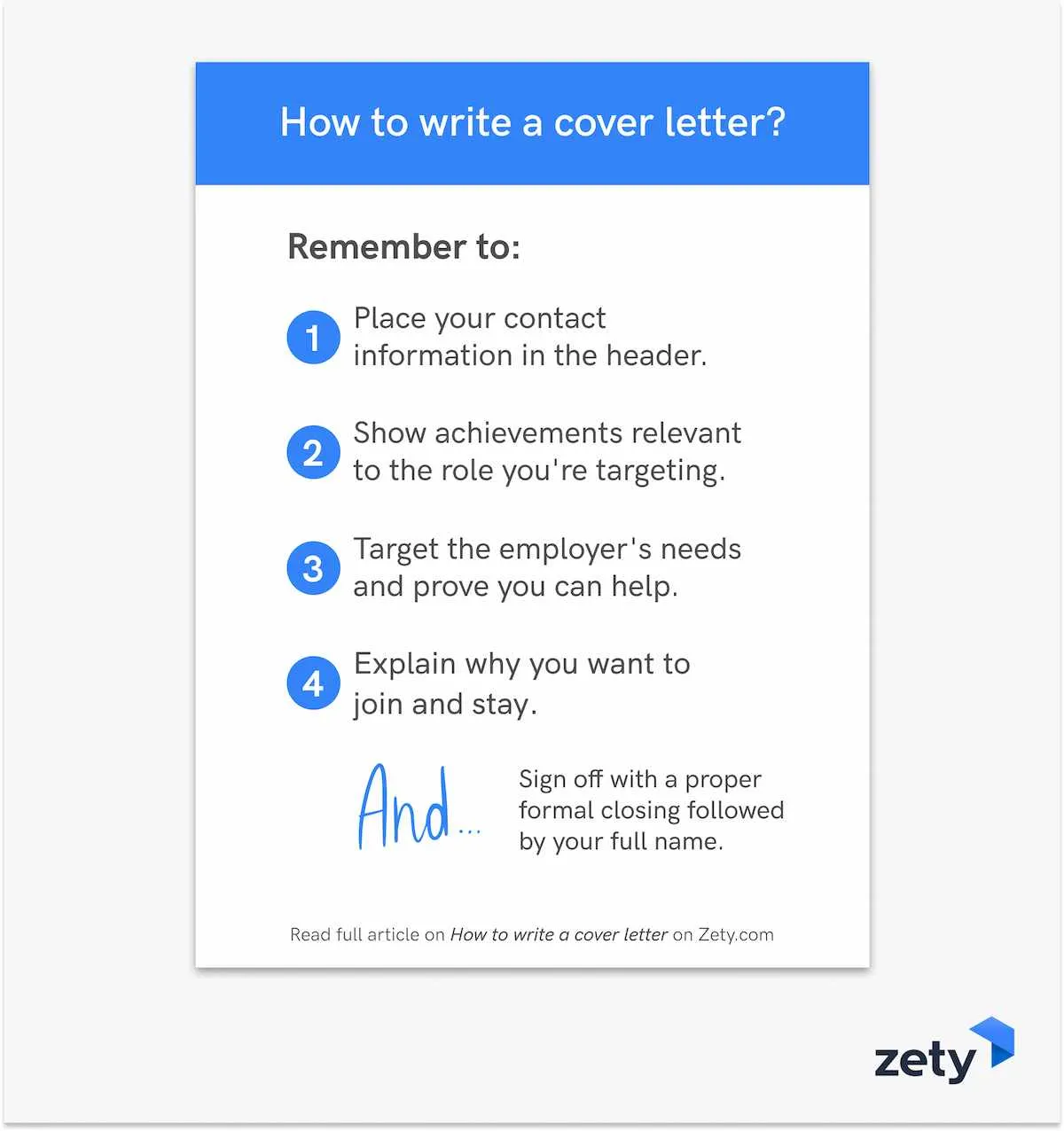Why Cover Letters Still Matter
In an era dominated by online applications and digital resumes, you might wonder if cover letters are still relevant. The answer is a resounding yes! A well-crafted cover letter provides an invaluable opportunity to introduce yourself to a potential employer, demonstrate your personality, and showcase how your skills and experiences align with the specific job requirements. While your resume presents a factual overview of your background, the cover letter allows you to tell a compelling story, elaborating on your qualifications and expressing your genuine interest in the position and the company. This is your chance to make a strong first impression and set yourself apart from the competition. Many hiring managers still consider cover letters essential, using them to gauge a candidate’s communication skills, attention to detail, and enthusiasm. Therefore, investing time and effort into crafting a winning cover letter is a crucial step in your job search.
Crafting a Compelling Cover Letter Header
The header of your cover letter serves as the initial visual element and sets the tone for the rest of the document. It should be clean, professional, and easy to read. Begin by including your contact information, ensuring that your name, phone number, email address, and, optionally, your LinkedIn profile URL are clearly displayed. This allows the hiring manager to quickly reach out to you. Following your contact information, include the date. Below the date, you should include the recipient’s information, including the hiring manager’s name (if known), their title, and the company’s name and address. Accuracy in this section demonstrates attention to detail, a crucial trait employers seek. Use a standard font like Arial or Times New Roman, and maintain consistent formatting throughout the header to ensure a polished and professional appearance. Remember, the header is your first chance to make a positive impression.
Your Contact Information
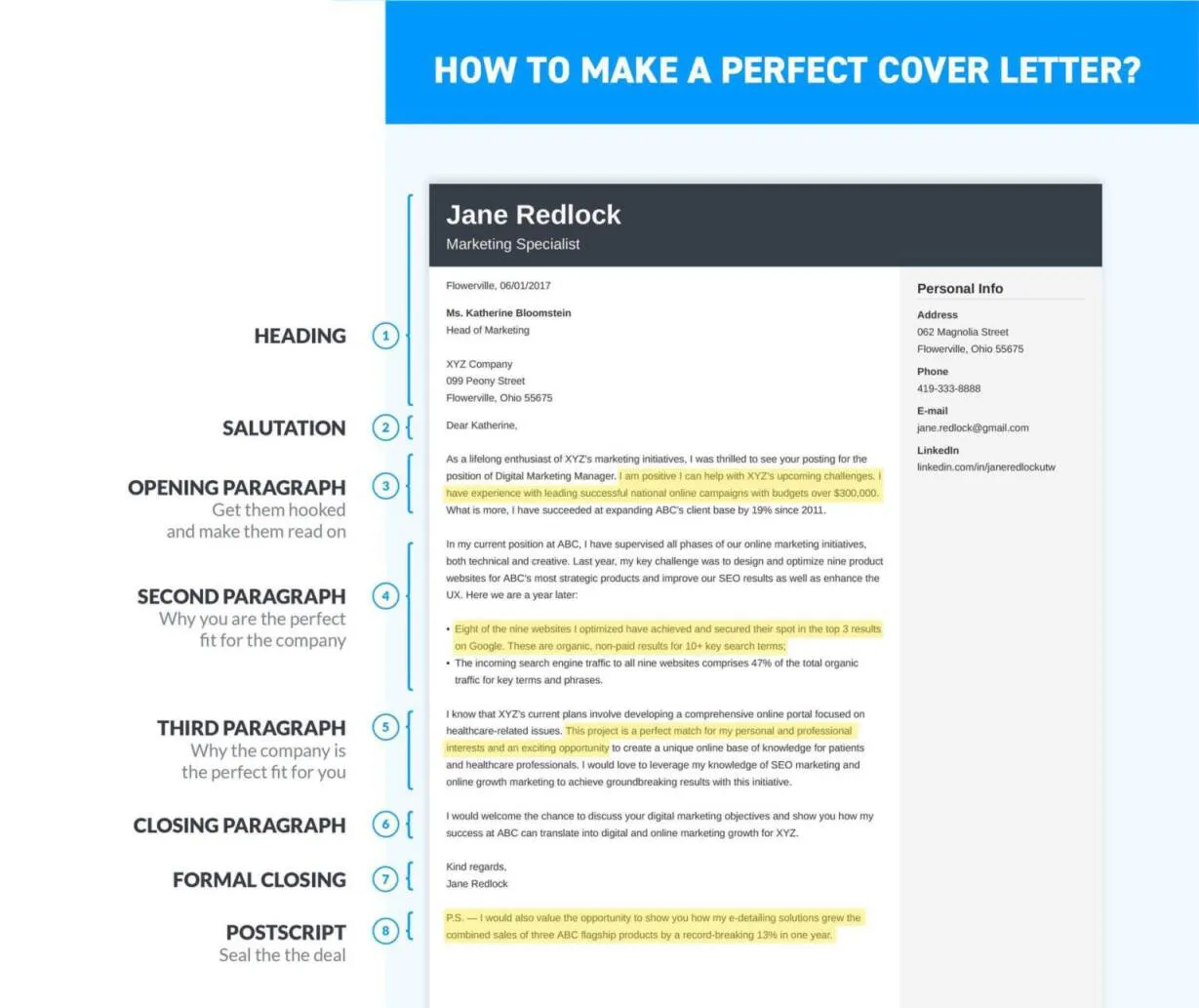
Your contact information should be accurate and up-to-date. Include your full name, phone number, email address, and optionally, your LinkedIn profile URL. Make sure your email address is professional; avoid using nicknames or informal addresses. Your phone number should be one where you can easily be reached, and your voicemail should be set up professionally. The goal is to make it simple for the hiring manager to contact you.
Date
The date is essential for identifying when you sent your cover letter. Use a standard date format (e.g., Month, Day, Year) to ensure clarity. The date provides context and helps the hiring manager understand when the application was submitted.
Recipient’s Information
Always address your cover letter to a specific person, if possible. Research the hiring manager’s name and title. If you cannot find the hiring manager’s name, you can address the letter to the hiring department or the relevant department manager. Including this information shows that you have taken the time to research the company and the position, and it demonstrates your attention to detail.
The Art of a Powerful Cover Letter Salutation
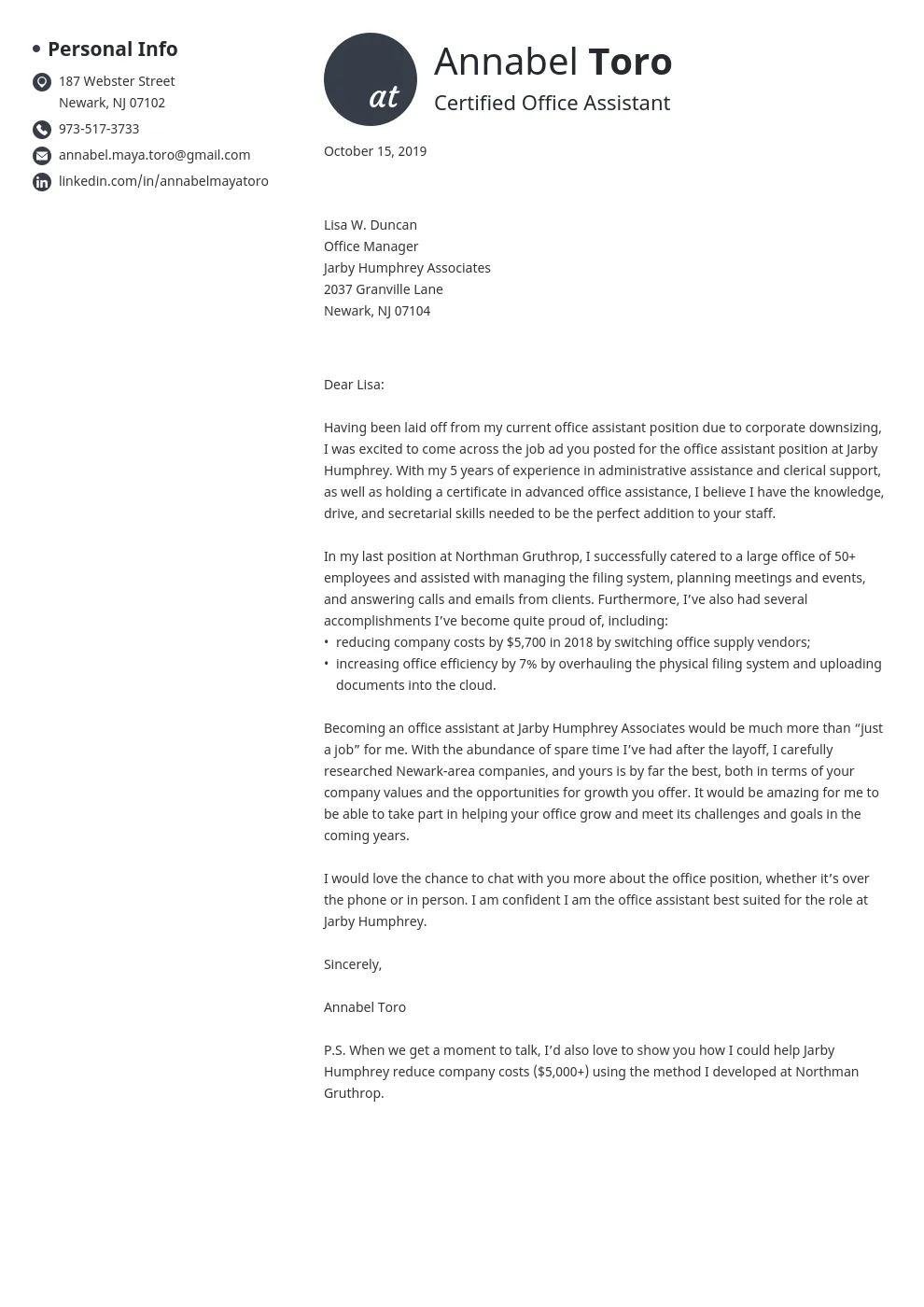
The salutation is your initial greeting and sets the tone for your cover letter. A well-crafted salutation is a sign of professionalism and respect. The most effective salutation is a personalized one. Addressing the hiring manager by name immediately captures their attention and shows you’ve done your research. If you’re unsure of the hiring manager’s name, you can use a general greeting like “Dear Hiring Manager” or “Dear [Department Name] Team.” However, always prioritize finding the specific name whenever possible, as it demonstrates your proactive approach. Avoid overly casual greetings like “Hey” or “Hi.” The salutation should be formal and respectful, reflecting the professional nature of the job application. Following the salutation with a comma is generally considered the most appropriate. The opening greeting sets the stage for the rest of your cover letter, so it is crucial to get it right.
Personalizing Your Greeting
Personalizing your greeting makes your cover letter stand out. Research the hiring manager’s name and use it. If the name is unavailable, try contacting the company to find out. Avoid generic greetings such as “To Whom It May Concern,” which can make your letter seem impersonal. If you absolutely cannot find a name, use a greeting like “Dear Hiring Team” or “Dear [Department Name] Manager.” This demonstrates you’ve made an effort, even if you couldn’t find a specific individual.
Why a Personalized Greeting Matters
A personalized greeting shows that you have taken the time to research the company and the specific role. It indicates that you are genuinely interested in the opportunity and have made an effort to connect with the hiring team. This level of personalization demonstrates your attention to detail, initiative, and respect for the hiring process. It immediately grabs the reader’s attention and makes them more likely to read your cover letter attentively, increasing your chances of making a positive impression.
The Opening Paragraph: Grabbing Their Attention
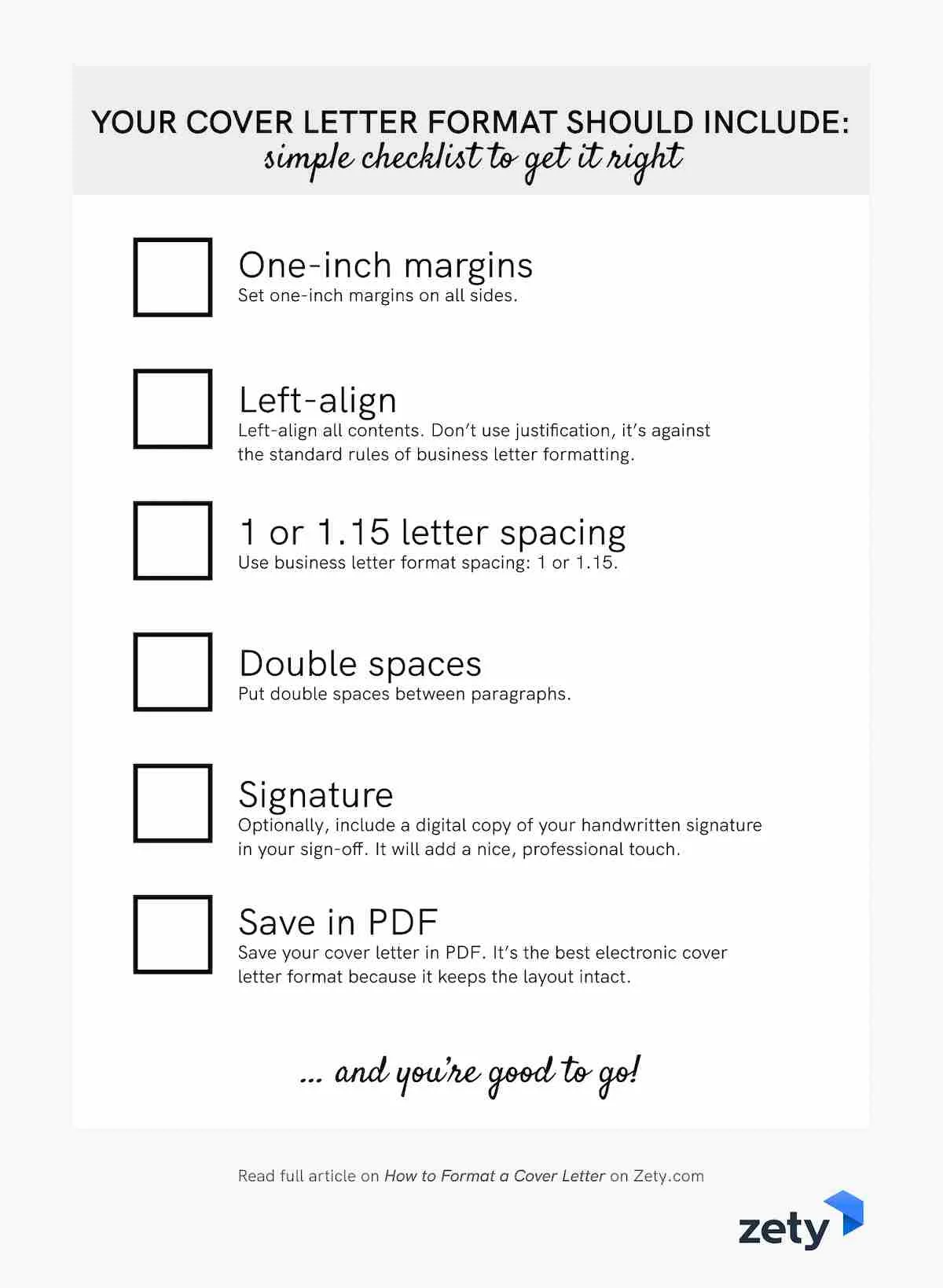
The opening paragraph of your cover letter is your first real chance to make an impact. It should immediately grab the reader’s attention and make them want to continue reading. Start by stating the position you are applying for and where you saw the job posting. This provides clarity and context. Then, briefly highlight your most relevant skills and experiences, focusing on what makes you a strong candidate for the role. This is where you can express your enthusiasm for the position and the company. Avoid generic phrases; instead, show them why you’re a good fit. The opening paragraph should be concise, engaging, and tailored to the specific job requirements. It sets the tone for the rest of your letter and encourages the hiring manager to delve deeper into your qualifications.
Highlighting Your Enthusiasm
Express your genuine enthusiasm for the role and the company. Explain what excites you about the opportunity and why you are interested in working there. This could be the company’s mission, values, or specific projects they are involved in. Show that you have done your research and are genuinely interested in contributing to their success. Enthusiasm can make a big difference in your application. Remember, a cover letter isn’t just a document; it’s an opportunity to show your personality.
Showcasing Your Key Skills and Experience
The body of your cover letter should showcase your key skills and experience in relation to the job requirements. Review the job description carefully and identify the essential skills and qualifications the employer is seeking. Then, provide specific examples from your previous roles or experiences that demonstrate these skills. This is where you connect your skills to what the employer wants. Use strong action verbs to describe your accomplishments and quantify your achievements whenever possible. Instead of simply stating what you did, explain how you achieved certain results and the impact you had. Focus on the value you brought to your previous roles and how you can bring that value to the new position. Tailor this section to each job application; generic cover letters are easily identified and often overlooked. Showcasing your key skills and experience is your chance to prove you are the right candidate.
Matching Skills with Job Requirements
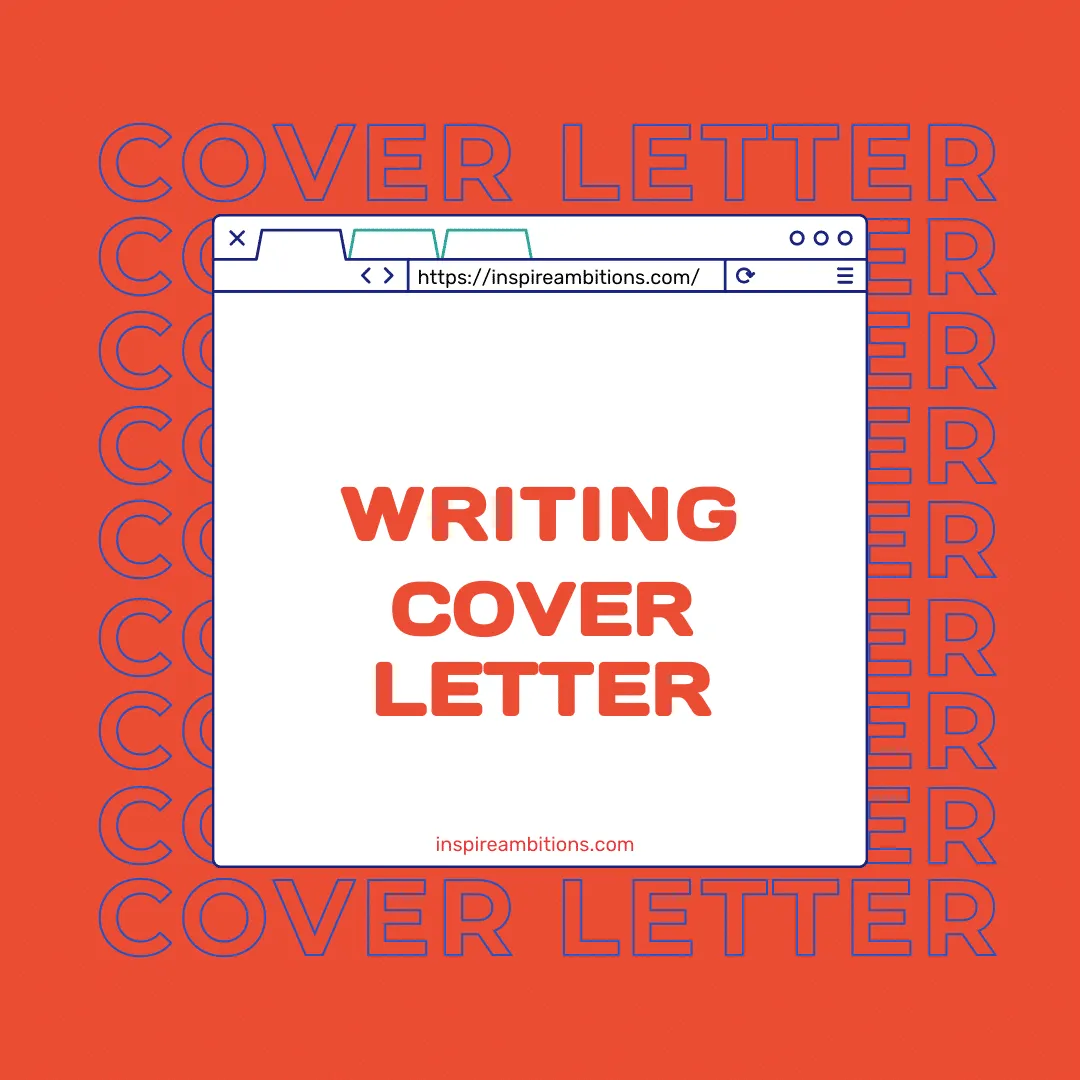
Carefully analyze the job description to identify the key skills and qualifications required. Then, in your cover letter, specifically mention how your skills and experiences align with these requirements. Use similar language to that used in the job description to demonstrate that you understand the role and the company’s needs. This shows the hiring manager that you have the skills and experience to be successful. Provide concrete examples of how you have used those skills in the past. Matching your skills with the job requirements is crucial for getting noticed.
Quantifying Your Achievements
Whenever possible, quantify your achievements to demonstrate the impact of your work. Use numbers, percentages, or specific metrics to illustrate your accomplishments. For example, instead of saying “Improved customer satisfaction,” say “Increased customer satisfaction by 15% through implementing a new feedback system.” Quantifying your achievements gives the hiring manager a clear understanding of the value you brought to previous roles. This makes your cover letter more compelling and demonstrates your ability to deliver results. Quantifiable results are much more persuasive than vague statements.
Demonstrating Your Value
Focus on demonstrating the value you can bring to the company. Explain how your skills and experience will help the organization achieve its goals. Highlight specific contributions you can make and how you can solve problems or improve processes. Tailor your message to each job application, emphasizing the aspects of your experience that are most relevant to the role. Showing your value is essential for getting a job offer. Provide examples of how you have created positive change in the past.
The Closing Paragraph: A Call to Action
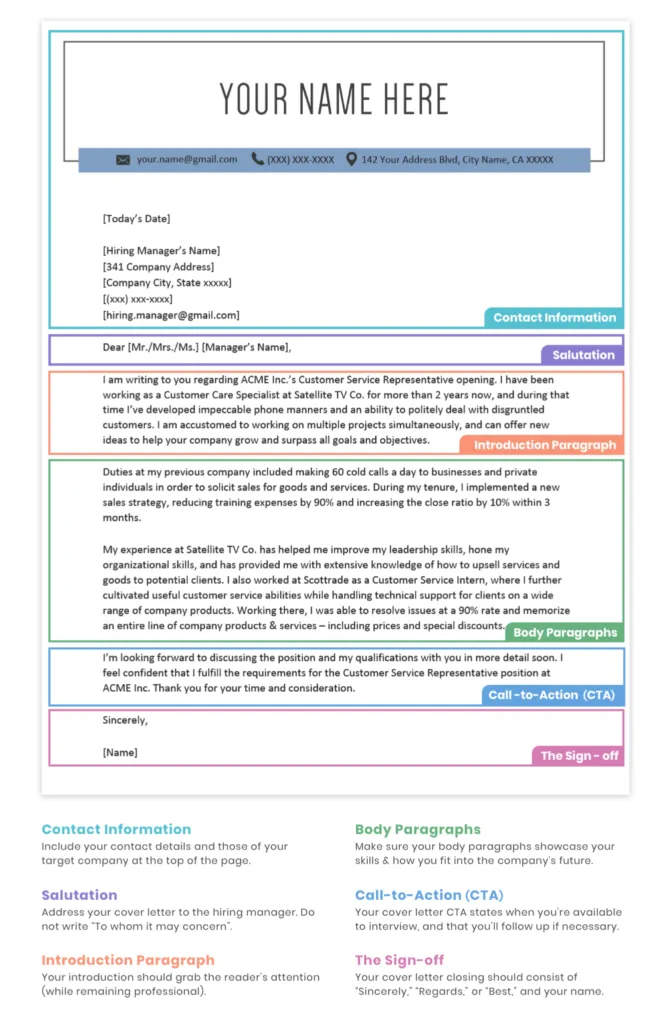
The closing paragraph should leave a lasting impression and encourage the hiring manager to take the next step. Express your gratitude for their time and consideration. Thank them for reviewing your application and reiterate your interest in the position. Include a call to action, such as inviting them to contact you for an interview or offering to provide additional information. Keep the closing paragraph concise and professional, maintaining the positive and enthusiastic tone you established throughout the letter. Avoid sounding overly demanding or presumptuous. The goal is to leave the hiring manager with a positive impression and to make it easy for them to take the next step in the hiring process. This is your final opportunity to make a strong connection and express your desire to move forward.
Expressing Gratitude
Express your gratitude for the hiring manager’s time and consideration. Thank them for reviewing your application and for considering you for the position. A simple “Thank you for your time and consideration” can go a long way in showing your appreciation. This demonstrates professionalism and respect for the hiring process. Expressing gratitude is a key part of maintaining a positive and professional image throughout the application.
Reiterating Your Interest
Reiterate your interest in the position and the company. Reaffirm your enthusiasm for the opportunity and briefly summarize why you are a good fit. This reminds the hiring manager of your qualifications and reinforces your interest in the role. This step is a gentle reminder of your eagerness and strengthens your application. This helps ensure your application remains top-of-mind as they make their decision.
Cover Letter Formatting and Design Tips
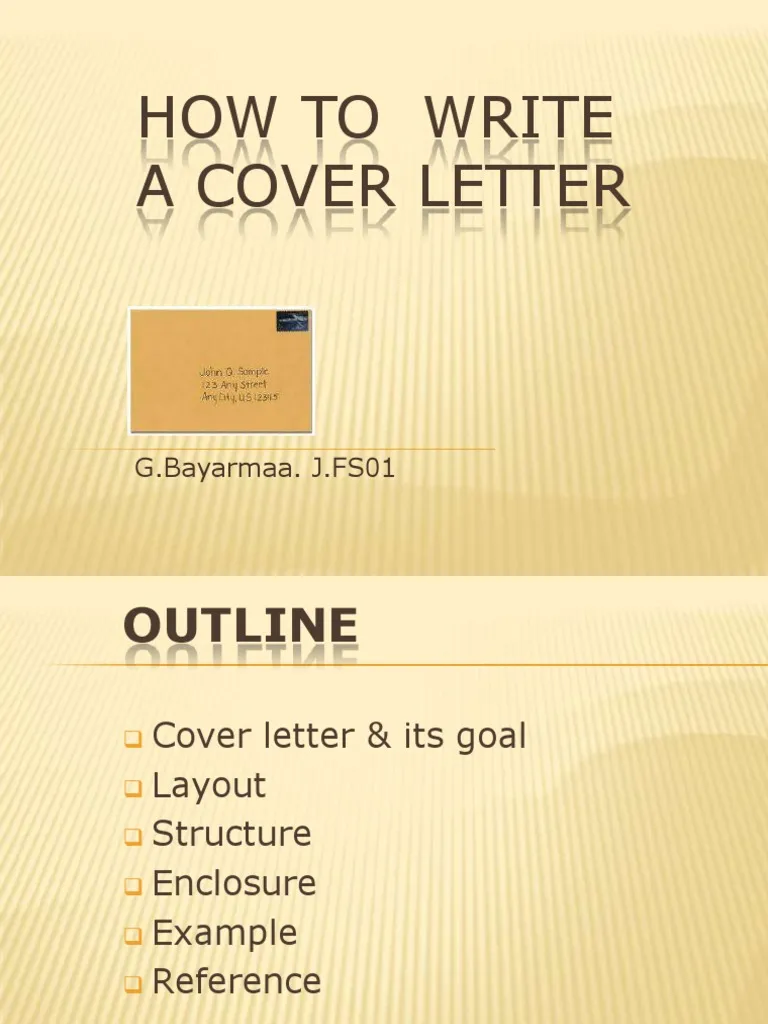
The appearance of your cover letter is as important as its content. Clean, professional formatting enhances readability and makes a positive impression. Choose a standard font like Arial or Times New Roman, with a font size between 10 and 12 points. Maintain consistent formatting throughout the letter, including margins, line spacing, and paragraph alignment. Ensure your cover letter is well-organized, with clear sections and headings. Use bullet points to highlight key accomplishments or skills, as this makes the information easier to scan. Pay attention to white space; it prevents the page from appearing cluttered. A well-formatted cover letter demonstrates attention to detail and professionalism, which are highly valued by employers. Proofread the document multiple times to catch any errors or inconsistencies. Remember, your cover letter is a reflection of your professional brand.
Font Selection
Choose a professional and easy-to-read font. Stick to standard fonts like Arial, Times New Roman, or Calibri. These fonts are universally recognized and provide a clean and professional look. Avoid using unusual or overly stylized fonts, as they can be difficult to read and might detract from your message. Use a font size between 10 and 12 points. Consistent font selection ensures that your cover letter is easy on the eyes and projects a professional image.
Readability and White Space
Use appropriate line spacing and paragraph spacing to improve readability. Double-space between paragraphs and use single spacing within paragraphs. This creates visual breaks and makes it easier for the reader to digest the information. Maintain consistent margins throughout the document to give it a clean and organized appearance. Ensure there is adequate white space around headings, bullet points, and other elements to prevent the page from looking cluttered. Proper use of white space improves the overall presentation and makes your cover letter more reader-friendly.
Proofreading Your Cover Letter
Proofreading your cover letter is non-negotiable. Typos, grammatical errors, and inconsistencies can undermine your credibility and make a negative impression. Before submitting your cover letter, carefully proofread it multiple times. Check for spelling errors, grammatical mistakes, punctuation issues, and formatting inconsistencies. Consider using a spell checker and grammar checker, but don’t rely solely on these tools. They may not catch all errors, so it is essential to proofread the document yourself. It’s often helpful to read the cover letter aloud, as this can help you identify awkward phrasing or mistakes that you might have missed when reading silently. Having a fresh pair of eyes review your cover letter can also be invaluable. Ask a friend, family member, or career counselor to proofread your cover letter. They can catch mistakes you might have overlooked and provide valuable feedback on its clarity and effectiveness. Thorough proofreading ensures that your cover letter is polished, professional, and free from errors, reflecting your attention to detail and commitment to excellence.
Common Mistakes to Avoid
Avoid common mistakes that can weaken your cover letter. Overusing generic language and clichés makes your letter unmemorable and suggests a lack of effort. Typos and grammatical errors damage your credibility and show a lack of attention to detail. Avoid lengthy paragraphs; keep your sentences and paragraphs concise and easy to read. Do not simply repeat information from your resume; use your cover letter to expand on your qualifications and highlight your unique skills and experiences. Avoid being too casual or informal; maintain a professional tone throughout your letter. Neglecting to tailor your cover letter to the specific job and company is a serious mistake. Always customize your cover letter to demonstrate that you understand the role and the organization’s needs. By avoiding these common pitfalls, you can significantly improve the effectiveness of your cover letter and increase your chances of securing an interview.
Generic Language and Clichés
Avoid using generic language and clichés in your cover letter. Phrases like “I am a team player” or “I am a hard worker” are overused and don’t provide any specific information about your skills or accomplishments. Instead, provide concrete examples that demonstrate your abilities. Avoid common clichés like “thinking outside the box” or “results-oriented.” Replace these with specific descriptions of your accomplishments and the impact you made. Always write in your own voice, using clear, concise language that reflects your personality and skills. Be specific and provide details to show the hiring manager exactly what you can bring to the role.
Typos and Grammatical Errors
Typos and grammatical errors can significantly undermine your credibility and leave a negative impression. Always proofread your cover letter carefully before submitting it. Use a spell checker and grammar checker, but don’t rely solely on these tools. These tools can miss subtle errors. Read your cover letter aloud to catch any awkward phrasing or mistakes. Ask a friend, family member, or career counselor to proofread your cover letter. Their fresh perspective can help you identify any errors you might have missed. Attention to detail is a crucial skill that employers seek. Ensure your cover letter is free of errors to show your commitment to excellence and professionalism.
Cover Letter Templates
Cover letter templates can be a useful starting point, but should be adapted to your specific needs and the job you’re applying for. They provide a structure and format to help you organize your thoughts and present your information effectively. However, it is crucial to customize the template to reflect your unique skills, experiences, and the specific requirements of the job. Avoid using a generic template without making any changes. Make sure the template is relevant to your field and the type of role you’re seeking. Take the time to adapt the template to your personal brand and the specific needs of each job application. Your cover letter should be a reflection of you and your individual value proposition. Cover letter templates offer a useful foundation, but customization is key to making your application stand out.
Where to Find Templates
Many online resources provide cover letter templates. You can find them on job search websites, career websites, and Microsoft Word. Websites like Indeed, Resume.com, and Zety offer a variety of templates to choose from. Microsoft Word has built-in templates you can customize. When selecting a template, choose one that aligns with your industry and the type of role you’re seeking. Consider the design and layout of the template, ensuring it is professional and easy to read. Select a template that allows you to effectively showcase your skills and experiences, and make sure it can be easily tailored to your needs. Using a template is a great starting point, but the key is to personalize it to make your cover letter unique.
Adapting Templates to Your Needs
Adapt cover letter templates to your needs. Never use a template without making significant changes. Replace the generic content with your own information, including your skills, experiences, and accomplishments. Tailor the letter to each specific job application. Adjust the content to match the job requirements and highlight the skills that the employer is seeking. Customize the language to reflect your personality and writing style. Make sure the template aligns with your personal brand and the professional image you want to project. Add a unique touch to the template. Personalize the salutation and closing, and include specific details that will capture the hiring manager’s attention. Customizing the template will make your cover letter stand out.
